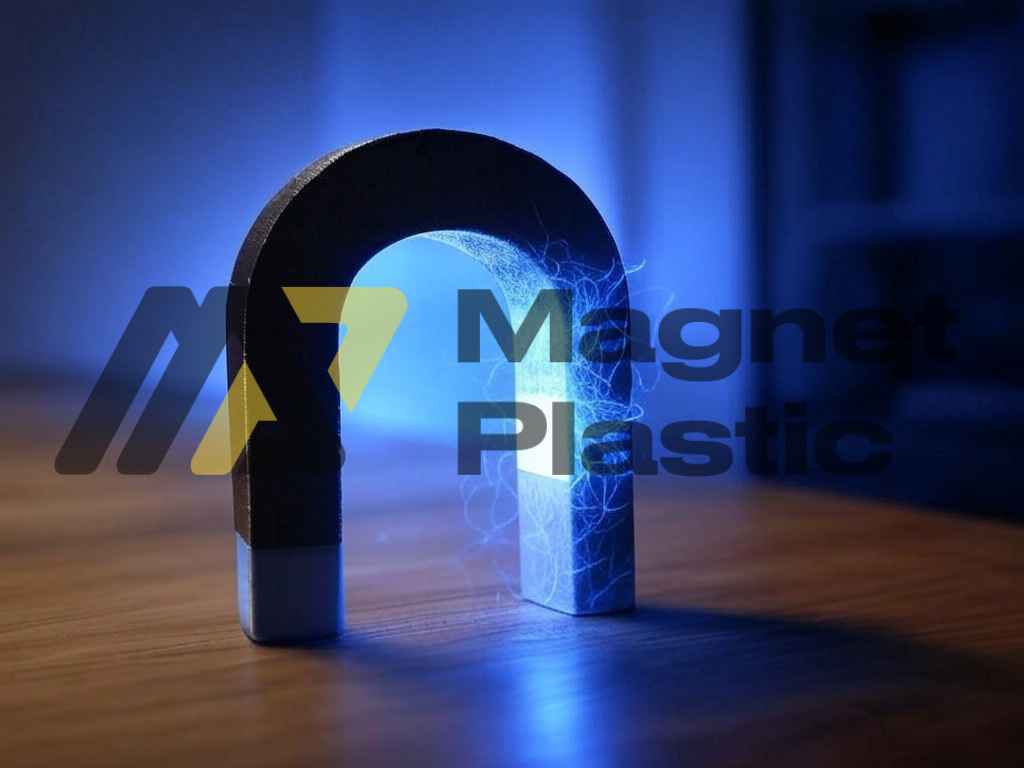How can magnets revolutionize energy storage?
Energy storage is one of the biggest challenges on the road to a more sustainable future. As renewable energy sources such as solar and wind continue to gain prominence, their intermittency creates an urgent need for efficient systems to store energy. In this context, magnets are emerging as an innovative solution that could transform how we store and manage energy in the 21st century.
The role of magnetism in energy storage
Magnets, thanks to their unique properties, offer various opportunities in the field of energy storage. One of the most promising applications is in kinetic energy storage systems such as flywheels. In these devices, magnets make it possible to keep the rotor suspended by magnetic levitation, eliminating mechanical friction and significantly increasing the efficiency and durability of the system.
Another key technology is that of magnetic superconductors. Superconducting magnets, which operate at extremely low temperatures, can store large amounts of energy in magnetic fields. These systems, known as SMES (Superconducting Magnetic Energy Storage), offer a near-instant response to energy demands, making them ideal for stabilising power grids and managing peak consumption.
Magnets in advanced batteries
Although lithium-ion batteries currently dominate the market, researchers are exploring how magnets can improve their efficiency and sustainability. For example, in the development of flow batteries, magnets are used to separate and control electrolytes, improving energy density and reducing losses. Furthermore, in solid-state batteries, magnets can facilitate the alignment of conductive materials, optimising electron flow and increasing storage capacity.
Energy storage in smart grids
In the field of smart grids, magnets play a crucial role in devices such as transformers and magnetic switches. These components enable more efficient energy management, minimising losses during transmission and storage. Magnets are also essential in modular storage systems, which allow communities to store and share renewable energy in a decentralized manner.
Sustainability and the future of magnets in energy storage
The sustainability of magnetic materials is also in the spotlight. Researchers are developing magnets based on more abundant and recyclable materials, such as iron and manganese, to reduce the dependence on rare elements such as neodymium and samarium. This not only lowers production costs, but also makes these technologies more accessible and environmentally friendly.
Conclusion
Magnets are proving to be a key component in the evolution of energy storage. From magnetic levitation in flywheels to the use of superconductors and their integration into advanced batteries, their versatility is making a difference in the energy industry. As research advances and magnetic technologies become more sustainable, magnets have the potential to revolutionize how we store and use energy, paving the way to a cleaner, more efficient future.
